Speaking of Sailimu Lake National Wetland Park, the tourists who have been here just past the "Eleventh" holiday are still unforgettable. The wetland park covers a total area of more than 1,000 square kilometers. There is the alpine cold water lake with the highest altitude and the largest area in Xinjiang. Wild foxes occasionally appear in the grass covered with wild flowers. There are groups of white swans flying over the lake with water and sky. There are 639 species of wild plants and 143 species of wild animals in various landscapes such as lakes, rivers, meadows and swamps.
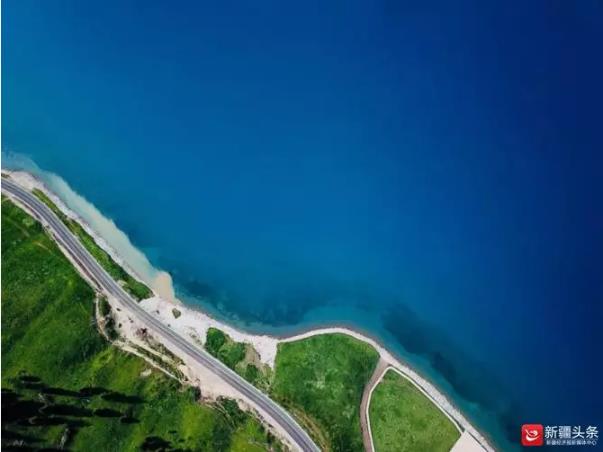
During the "Eleventh" holiday, Mr. Zhang, a tourist from Shenzhen, stayed here for three days and still felt that he didn’t stay enough. Although he didn’t catch up with the famous Nadam convention, he lived in the Mongolian yurt inn next to the scenic spot, watched folk culture performances and took a walk by the lake, which made him deeply immersed in the harmony and tranquility of integrating into nature.
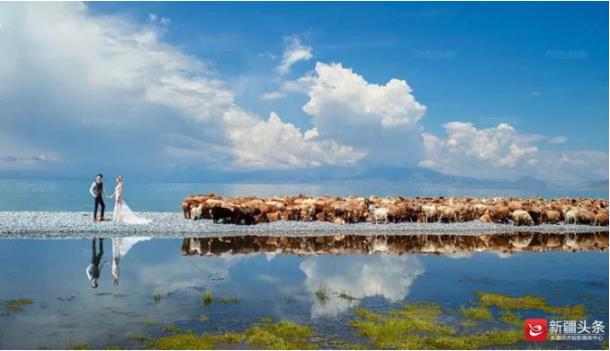
When it comes to Xinjiang, everyone will think of the boundless desert Gobi. In fact, there are all kinds of wetlands with a total area exceeding the land area of Hainan Province. Today, 11 of the 54 wetland parks in Xinjiang have been officially listed as national wetland parks. These wetlands have attracted tourists from all over the country for their unique charm.
Bird-watching and Landscape-watching Wetlands Drive Green Country Tour
A favorite place for new people in Xinjiang is the romantic Fuyun Cocotohai National Wetland Park. Located in the Altai Mountains, 48 kilometers northeast of Fuyun County, it is different from other wetlands in Xinjiang, where there are deep canyons, clear rivers, steep peaks, waterfalls, hot springs and wetlands. "In the Cocoto Sea Scenic Area with strong autumn colors, the mountains and rivers set each other off, forming a colorful natural background, and taking wedding photos is simply a stroke of genius." Recently, Ms. Chen from Shandong and her husband participated in the live broadcast of "Traveling in a Wedding Dress", leaving sweet memories in Cocoto Sea.
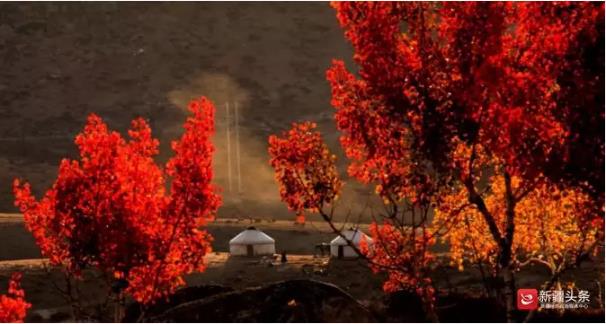
The lake is misty, the water plants sway with the wind, the fish and shrimp swim freely, and tens of thousands of waterfowl spread their wings … … During the "Eleventh" period, Mr. Wu, a tourist from Shandong Province, felt that he had come to the water town in the south of the Yangtze River, climbed the 18-meter-high Shuiyue observation deck near Hongfeng Lake, and got a panoramic view of the wetland park, which made him feel extremely comfortable.
Aksu National Wetland Park was officially opened this year, and 23 lakes and 5 observation platforms were built on the basis of maintaining the basic features of the original wetland. By the end of September, it had received more than 10,000 tourists during peak hours, with a cumulative passenger flow of over one million.
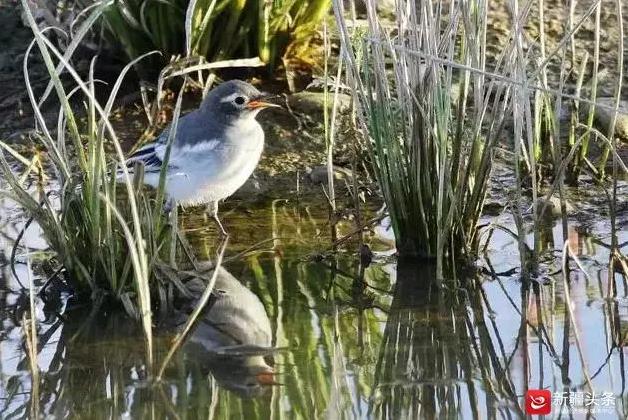
"At this time, Manas National Wetland Park, one of the important habitats of the third migratory line of the world’s migratory birds, gathers birdwatchers from all over the country every spring and autumn migration season. You can see more than 40 kinds of rare birds above the second level in the country here, which is a paradise for bird lovers. " Mr. Dong, a bird friend, said that there are 9 wetland observation platforms and 4 bird-watching towers in the wetland park, and green eco-rural tours focusing on eco-picking, sightseeing and leisure vacation are quietly emerging. Many villagers use the farmhouses operated by their own courtyards to attract tourists who come here to relax and experience rural life during the long vacation.
Rich in resources, many wetlands are spread all over the north and south of Tianshan Mountain.
Also known as the "Holy Land of Natural Photographic Materials" is Shawan Qianquan Lake National Wetland Park. There are more than 3,000 spring eyes dotted here, and the four-season overflow of spring water breeds tens of thousands of mu of reeds. The waterways are lush and green, and black-necked cranes, egrets, white cranes and geese are flying around.
On the basis of planting fruits and vegetables and aquaculture, farmers in the surrounding areas have set up many farmhouses, where tourists can fish, watch birds and take photos, and have a rich and colorful holiday experience.
If Kanas Lake is a daughter lake, it shows agility and liveliness. Sailimu Lake is a lover’s lake, showing charm and demure; Then Bosten Lake is Mother Lake, showing the mother’s mind and peace. This lake view, known as "Hawaii in the West", attracts tourists from all over the world.
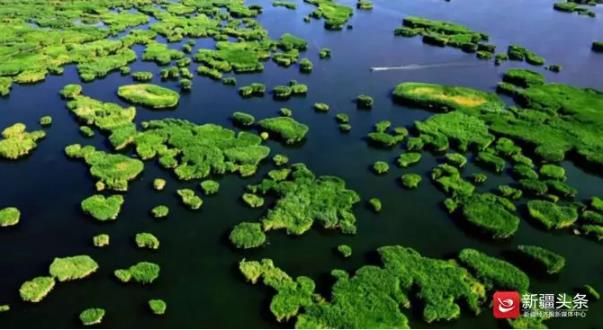
Bosten Lake National Wetland Park officially passed the acceptance and listing at the end of 2017. In October, the temperature in southern Xinjiang was still high. Tourists from all over the world gathered under the continuous umbrellas on the golden beach to watch the spectacular migration of birds, sigh the magic of the wetland connected with the desert, ride freely on the lake by speedboat, and enjoy sunbathing in the golden beach sand treatment … …
There are many wetland parks all over the north and south, such as pearls scattered all over the ground: Wuqilike National Wetland Park in Altay City, which is located in the golden latitude of skiing in the world for more than 180 days, and the first helicopter skiing base in China is located here; It is positioned as a natural river wetland park with regional characteristics in the northwest plateau of China, and Buxair National Wetland Park inherits local culture in addition to the natural landscape; The largest permanent freshwater lake in northern Xinjiang, Wulungu Lake National Wetland Park is rich in unique and rich fish … … Turpan Aiding Lake Wetland Park and Nalati Marsh Wetland Park have their own characteristics and are too numerous to mention.
Green mountains and green waters have contributed greatly to the practice of ecological protection.
Not only is it beautiful and rich, but the ecological function of the wetland "the kidney of nature" is even more irreplaceable.
Minfeng County is located in the Niya River National Wetland Park on the southern edge of Taklimakan Desert. The fragile ecosystem was once short of water due to wetlands, resulting in reduced vegetation coverage and dusty scenes. After the approval of the National Wetland Park, the local government actively took effective measures such as water saving and water conservation, and restored the function of the wetland green ecological barrier. Now, the rivers and lakes here are the same color, and the Niya River, as a "moat", has blocked the advancement of the desert, and the sky is blue and clear, giving birth to vitality.
In the Chaiwobao Lake National Wetland Park at the foot of Bogda Peak in the southeast of Urumqi, the lake was almost dry in 2014. With the implementation of various environmental improvement work in recent years, the water surface area has recovered from 0.24 square kilometers to nearly 15 square kilometers today. Walking on the wooden plank road to the bird-watching platform, visitors can see rare and endangered bird species including black stork, jade belt sea eagle and white-tailed sea eagle through high-powered telescope. Wild animals under national second-class protection, such as swan, crane, red deer, argali and goose throat antelope, are also frequent visitors here … …
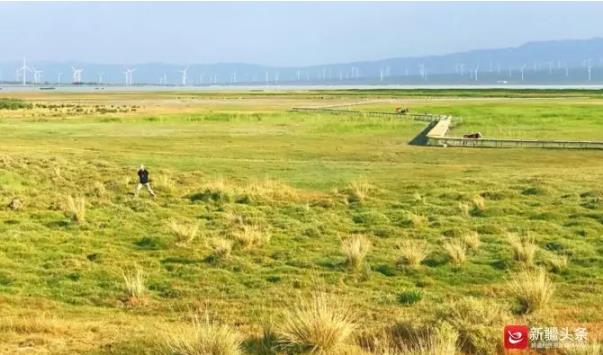
All kinds of changes and the gradual restoration of the ecological environment are inseparable from people who silently pay for the protection of the ecology. In order to prevent the tears of Lake Chaiwobao from becoming the last drop of water, an ecological change that lasted for four years began. Restricting the exploitation of groundwater, returning farmland to 20726 mu, and shutting down 24 agricultural irrigation wells … … The old horse, a villager who lives not far from Chaiwobao Lake, is also the one who put it into action. "Four years ago, the staff of Chaiwobao Management Committee went door to door to promote ecological protection to us." In order to prevent livestock from destroying the wetland, the old horse sold more than 100 sheep that were kept by himself. "I have been living here. If I can make Chaiwobao Lake as beautiful as before, it will be worth it!"
Four years later, with the improvement of the ecological environment here, the cultivated land that has been fallow for many years has gradually resumed farming. In order to prevent the desertification of cultivated land, under the guidance of the local government, Lao Ma planted 2,000 apricot trees in his cultivated land this spring. He expects to be able to grow trees and increase his family’s income in a few years.
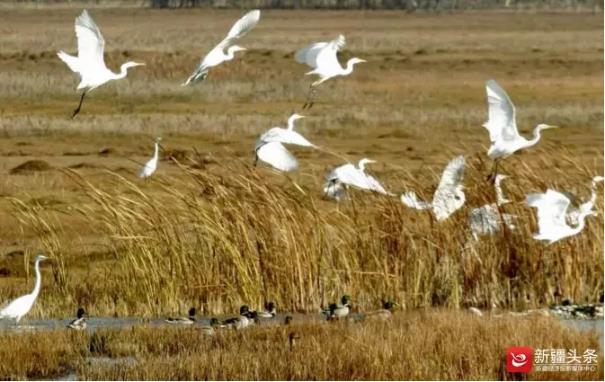
The regional tourism development conference held on August 25 this year pointed out that Xinjiang has a water area of 5,500 square kilometers, more than 3,400 rivers and more than 100 lakes, many of which have unique advantages in creating wetland landscapes. Among them, 11 wetland parks have officially become "national brands", integrating wetland protection and utilization, popular science education, wetland research, eco-tourism and other functions, each of which has its own unique ecological and cultural heritage. Nowadays, under the principle of "comprehensive protection, scientific restoration, rational utilization and sustainable development", all prefectures in Xinjiang are actively developing new growth poles of ecotourism, developing wetland ecotourism under the requirement of practicing green development mode, welcoming visitors from all directions in the best way of harmonious coexistence between man and nature, and tasting the unique customs of Xinjiang.
Text | Xinjiang Economic News New Media Center reporter Kang Yanyan
关于作者